Apart from the 96 arrests and 255 burned cars, Bastille Day passed off without a hitch in France. A bullish Interior Minister, Gerald Darmanin, expressed his satisfaction in a tweet, thanking the 45,000 policemen and women who had been deployed across the country. It says much for the state of France that avoiding a riot on their national day is a cause for celebration.
Still, one can understand why the government is grateful for small mercies after the trauma of the recent uprising. The financial cost of the damage caused by the rioters is predicted to top €1 billion (£858 million), a staggering sum for a country that is already dangerously indebted. This figure is double that of the unrest of 2005, when for three weeks youths went on the rampage.
This comes at a time when there are reports that the Islamic State is again planning to attack Europe
The gravest cost to France of those riots 18 years ago, however, wasn’t financial but ideological, although it took several years before this became apparent. The date it did was March 2012 when 23-year-old Mohammed Merah murdered seven people over the course of eight days, including soldiers and Jewish children. Merah was the first of what Gilles Kepel – France’s leading expert on Islamic extremism – termed the ‘third generation’ of jihadists.
The first generation fought in Afghanistan in the 1980s; the second came of age at the turn of the millennium, inspired by Al-Qaida, and the third generation appeared in 2012. The difference, Kepel explained in 2015, shortly after two more of this generation – the Kouachi brothers – had murdered the staff of Charlie Hebdo, was that they were not as highly trained and disciplined. ‘They are not professional terrorists,’ he said, which made them more susceptible to making mistakes. On the other hand, the fact they don’t belong to any organisation ‘allows them to slip under the radar of the police’.
Kepel pinpoints three factors as central to the evolution of this third generation of jihadists in France, and all occurred in 2005: the first was the release online of ‘The Global Islamic Resistance Call’ by Abu Mus’ab Al-Suri, a 1600-page call to arms by an Islamist intellectual that would become a guide to waging a jihadist’s guerrilla war in Europe
The second factor was the launch of YouTube in 2005. The site would become a crucial platform in the diffusion of Islamist propaganda among a young generation of Muslims searching for an identity in 21st century Europe. And then there were the riots in France in the autumn of 2005.
In his 2015 book, Terror: the genesis of the French Jihad, Keppel wrote that between 2005 and 2012 there was a major shift within Islam in France as a result of the riots. ‘The most significant consequence of the 2005 riots was the emergence of the generation of post-colonial immigrants,’ he explained. ‘Through the scenes of devastation, the looting, burning of vehicles and harassment of the police, it sent an existential message to the rest of the population.’
This message was the assertion of Islamic identity, a phenomenon some commentators now call the ‘re-Islamisation’ of French Muslims, specifically among the young. This was borne out in 2020 by a survey that reported 57 per cent of 15-24 year-olds believed Islamic law was more important than French law.
Thus far a ‘fourth generation’ of jihadists has not materialised; but there is what Kepel terms an ‘atmospheric jihadism’, consisting of angry young men whose callow minds are exploited by older Islamists. Their strategy is the ‘creation of a culture of rupture with the Republic and its values’.
The recent riots will accelerate this rupture, feeding into the narrative of an ‘Islamophobic’ French state that oppresses its Muslim population. It doesn’t help that the governments of Algeria and Turkey are encouraging this sense of victimisation. Recep Erdogan said the recent riots were a consequence of France’s ‘racism’ and ‘colonialism’. At the time of the 2005 riots in France, Erdogan – then prime minister of Turkey – blamed the disorder on the fact that, in 2004, France had banned the wearing of the Islamic headscarf in schools.
The new riots come at a time when European intelligence services, including MI5, report that the Islamic State is again planning to attack the continent. London, Berlin and Paris are said to be on their hit list and ‘active commando units’ have reportedly already been infiltrated into Europe.
That is just one facet of the threat. Arguably the greater danger – certainly to France – comes from the homegrown extremists, a new generation of Merahs, Kouachis, Coulibalys (who murdered four shoppers in a Jewish supermarket in 2015) and the Bataclan killers. They emerged from the smouldering aftermath of the 2005 riots when their youth, immaturity and aimlessness were manipulated online and in person (often in prison, where Merah, Coulibaly and Chérif Kouachi were radicalised post-riots) by veteran extremists.
Last year in France, nearly 100 ‘Third Generation’ extremists were released from prison in France, most of whom were convicted for travelling to Syria to fight between 2013 and 2015. A similar number will be freed this year. According to the French counter-terrorism unit responsible for monitoring the inmates on their release from prison, the majority are no longer committed to violent jihad but ‘most remain sufficiently ideologically anchored’.
If that is the case, and they wish to share their ideology and experience with a new generation, then they may find a receptive audience among some of the angry young men who recently ran riot in France.
Got something to add? Join the discussion and comment below.
Get 10 issues for just $10
Subscribe to The Spectator Australia today for the next 10 magazine issues, plus full online access, for just $10.


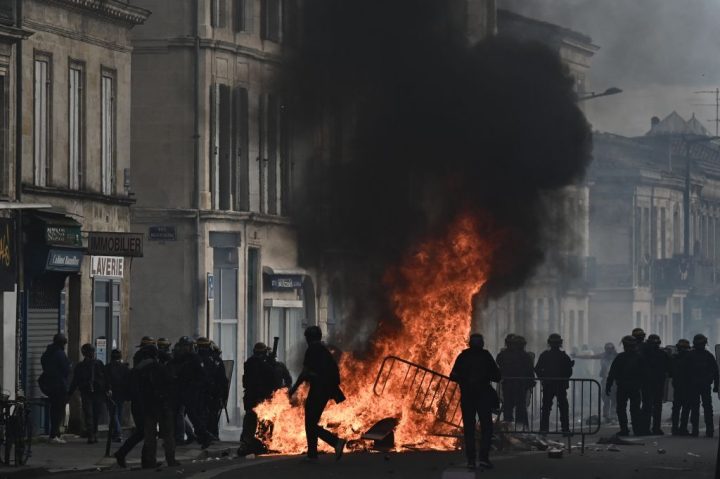
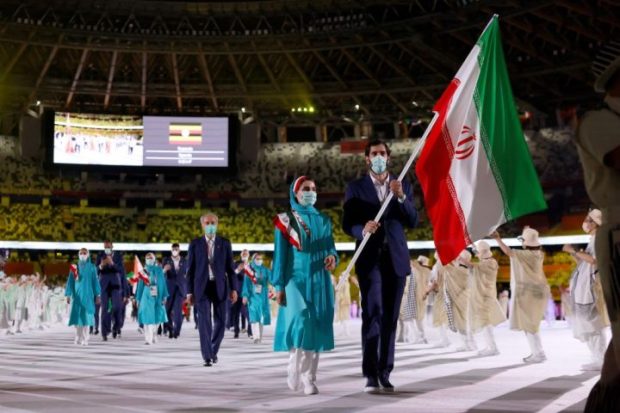
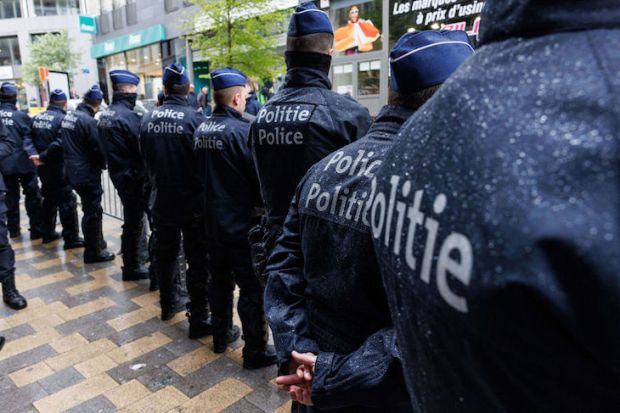


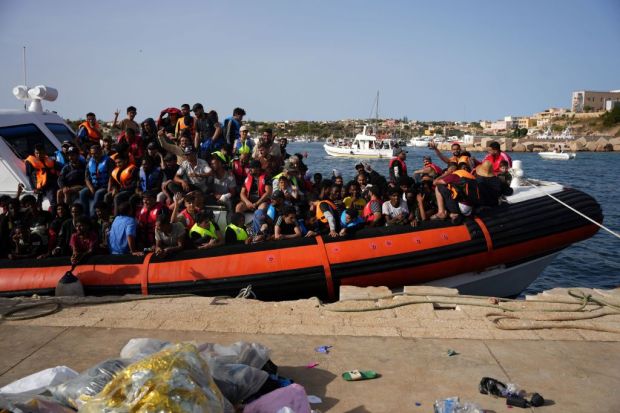
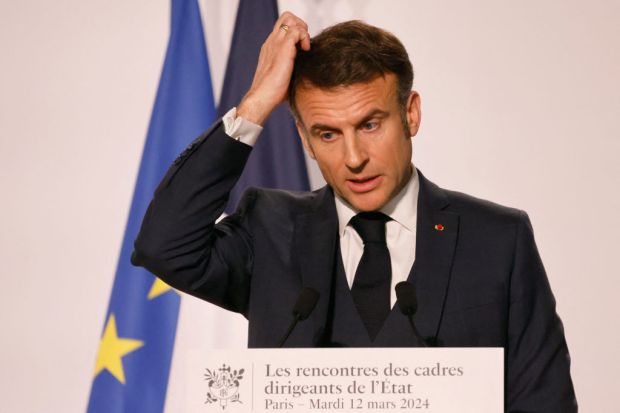












Comments
Don't miss out
Join the conversation with other Spectator Australia readers. Subscribe to leave a comment.
SUBSCRIBEAlready a subscriber? Log in